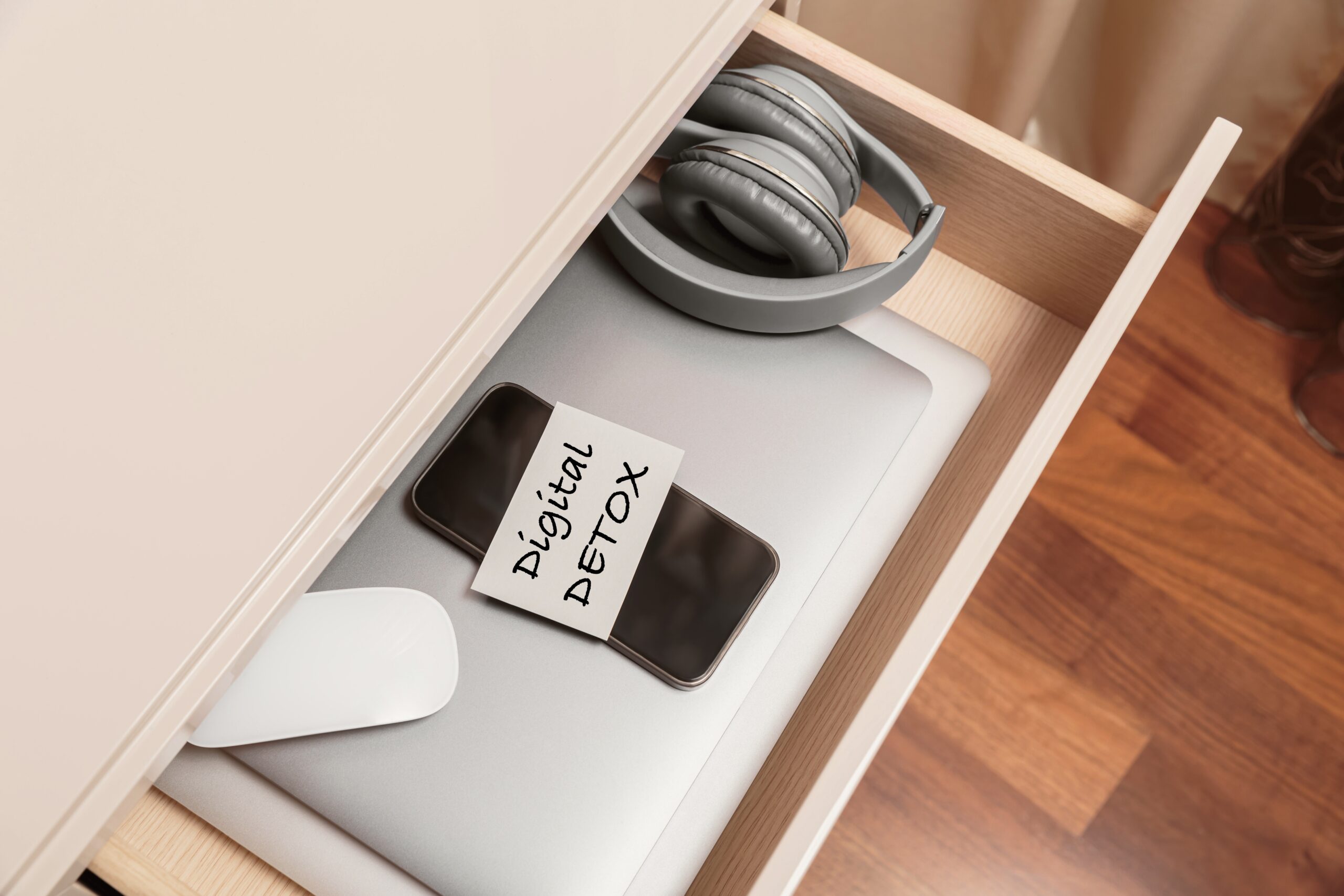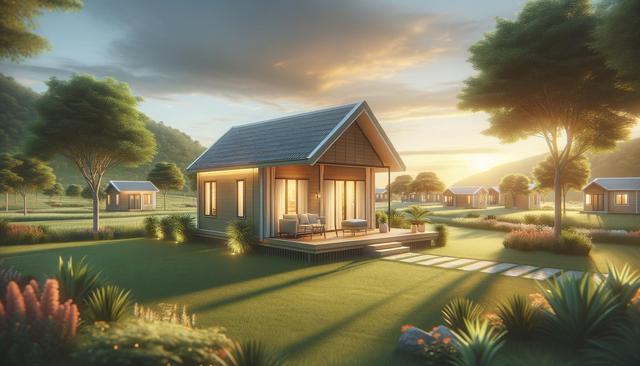What Makes Portable Homes an Affordable Option?
In recent years, portable homes have gained recognition as a practical and budget-friendly housing solution. These compact, movable units offer flexibility and lower upfront costs compared to traditional housing. The design and construction methods used in portable homes contribute significantly to their affordability. Built in controlled environments using efficient materials, these homes often avoid the delays and cost overruns associated with standard on-site construction. For those exploring “Portable Homes for sale in your area,” it’s important to understand how factors like size, materials, and location affect overall pricing.
Key features that make portable homes more affordable include:
- Reduced construction time and labor costs
- Smaller square footage, which lowers material usage
- Energy-efficient designs that reduce utility bills
- Potential for off-grid living to eliminate recurring expenses
By choosing a portable home, many individuals and families are able to own a home without committing to large mortgages or extensive property taxes.
Understanding the Cost of Affordable Portable Homes
To fully “Understand the Cost of Affordable Portable Homes,” one must consider both the initial investment and long-term expenses. The base price for a standard portable unit can range from $20,000 to $100,000, depending on the size, features, and customization options. Additional costs may include delivery, site preparation, utility hookups, and permits. While the upfront cost is generally lower than traditional homes, buyers should also factor in ongoing maintenance and potential relocation expenses.
Here are some common cost elements to consider:
- Base price of the unit
- Transportation and installation fees
- Site foundation preparation
- Utility connection (water, electricity, sewage)
- Local taxes and permit fees
Despite these costs, portable homes remain a cost-efficient option, especially when compared to urban housing markets where prices continue to climb.
Factors That Influence Pricing Variations
Not all portable homes are priced the same. Several variables influence how much you might pay, especially when searching for “Portable Homes for sale.” These factors include the type of structure (e.g., tiny homes, modular units, container homes), materials used in construction, and the level of customization. Premium features like solar panels, upgraded insulation, or luxury interiors can increase the price but may also enhance long-term savings and comfort.
Other considerations that impact price include:
- Geographic location and local market demand
- Manufacturer or builder reputation
- Shipping distance and accessibility of the site
- Climate-related modifications (e.g., insulation for colder regions)
Understanding these elements can help buyers evaluate offers more effectively and identify the most suitable options within their budget.
Exploring Portable Homes for Sale in Your Area
Searching for “Portable Homes for sale in your area” requires some research and planning. Local regulations, availability, and zoning laws can significantly impact the feasibility of placing a portable home on a specific plot of land. It’s advisable to consult with local authorities or a real estate professional familiar with portable housing to ensure compliance with all legal requirements.
When evaluating listings in your area, consider the following:
- Condition and age of the home (new vs. pre-owned)
- Proximity to essential services (schools, hospitals, shopping)
- Access to utilities and infrastructure
- Community bylaws or homeowners association rules
Some regions have established communities that welcome portable or modular homes, which can simplify the process and reduce additional costs.
Long-Term Value and Investment Considerations
While the initial appeal of portable homes lies in their affordability, they also present potential long-term value. With proper maintenance, these homes can last decades and maintain a good resale value. Additionally, portable homes offer flexibility for future changes, such as relocation or expansion, making them a smart choice for those with evolving lifestyle needs.
Benefits of investing in a portable home include:
- Lower financial risk compared to traditional housing
- Potential to live mortgage-free or with minimal debt
- Ability to upgrade or relocate as circumstances change
- Reduced environmental impact through energy-efficient designs
As housing trends continue to shift, portable homes are becoming a respected alternative that offers both affordability and adaptability in today’s market.








